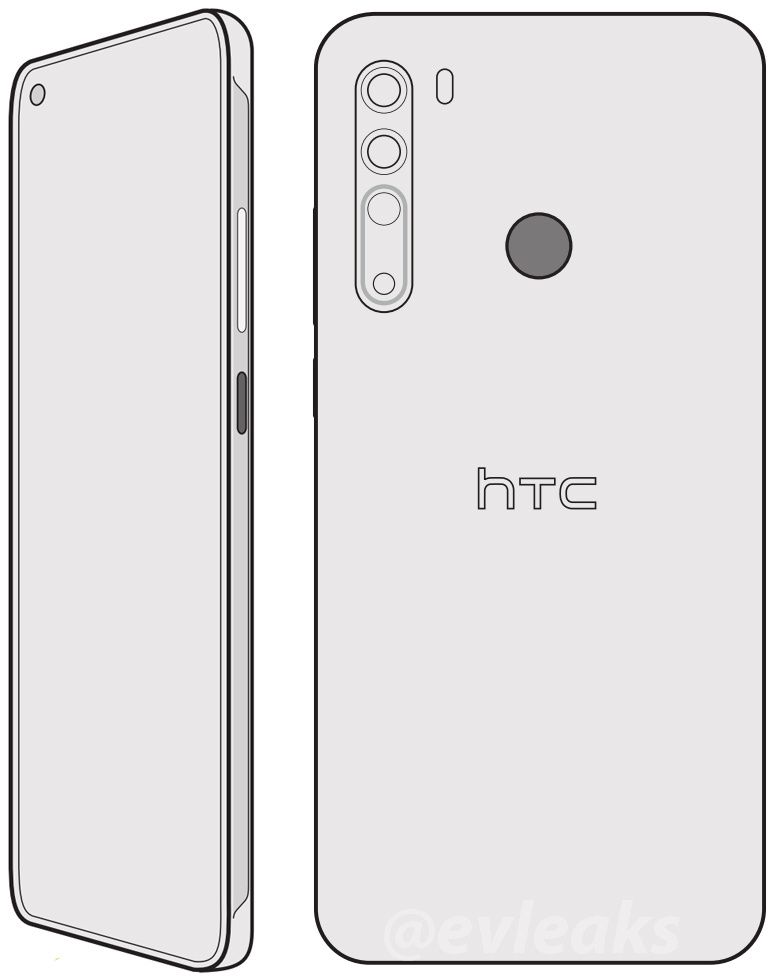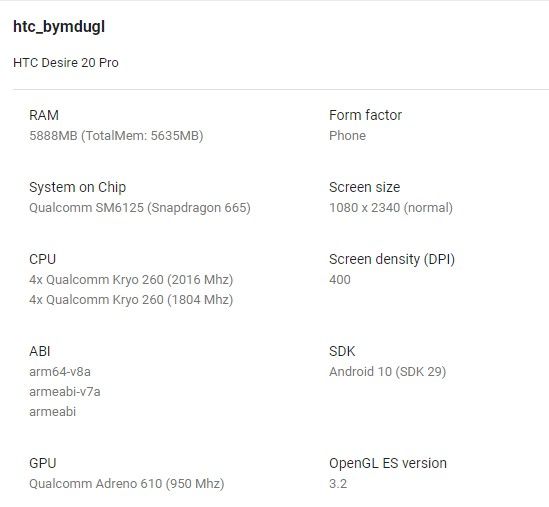Team Win Recovery Project, aka TWRP, is the most popular custom recovery solution in the Android modding circle. Not only it’s the most feature-packed recovery out there, but it also supports a wide array of devices, ranging from smartphones and tablets to Android TV boxes and dongles. Last month, we saw the likes of Samsung Galaxy Note 9 (Exynos), Xiaomi Mi 8 SE, and Mi Translator receiving official TWRP support. Now, four new devices have just been added to the list, namely, the Redmi Note 7, Lenovo K10 Note, Vivo Y51L, and the Amlogic X96 Max.
Redmi Note 7 (lavender)
The Redmi Note 7’s TWRP build is maintained by XDA Recognized Developer erfanoabdi. As long as you have an unlocked bootloader and access to PC, you should be able to flash the recovery with the standard fastboot flash recovery twrp.img command from the command prompt. To download the latest build and a detailed step-by-step flashing guide, hit the link below.
Download Official TWRP for Redmi Note 7
Lenovo K10 Note
The Lenovo K10 Note is a budget smartphone that was launched in September last year. It packs a 6.3-inch FullHD+ display, Snapdragon 710 SoC, triple cameras, up to 6GB RAM and 128GB UFS 2.1 storage, and 4,050 mAh battery with 18W fast charging support. The phone comes running 9.0 with ZUI 11 skin on top. If you’re not a fan of Lenovo’s heavily customized skin, you can use this official TWRP build to flash a GSI of your choice and get a clutter-free software experience.
Download Official TWRP for Lenovo K10 Note
Vivo Y51L
The Vivo Y51L (pd1510) was launched all the way back in 2016. If you’re still holding onto this entry-level smartphone, you might want to breathe a new life into the phone by flashing a custom ROM using TWRP. The build is maintained by XDA Junior Member shahnawaz sheikh and can be downloaded at the below link.
Download Official TWRP for Vivo Y51L
AMLogic X96 Max
AMLoic X96 Max (u212) is an Android TV Box that turns your basic TV into a smart TV. It offers impressive hardware for its price, including support for 8K and HDR10+ content, quad-core ARM Cortex-A55 processor, 4GB RAM, 64GB storage, dual-band WiFi, and Android 9 Pie. You can find the detailed flashing instructions and recovery file at the link give below.
Download Official TWRP for Amlogic X96 Max
The post TWRP adds support for the Xiaomi Redmi Note 7, Lenovo K10 Note, Vivo Y51L, and more appeared first on xda-developers.
from xda-developers https://ift.tt/3eYBZV0
via IFTTT











